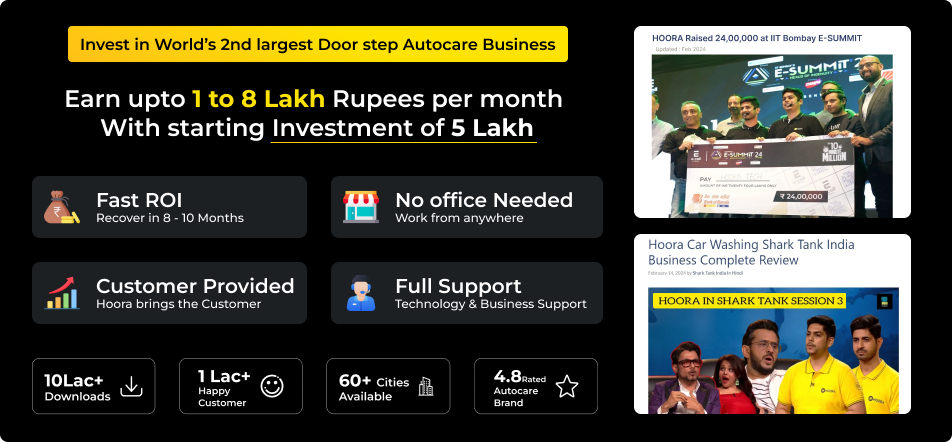Whether you’re an entrepreneur, a small business owner, or managing a large corporation, understanding Return on Investment (ROI) is crucial. ROI is a key performance indicator (KPI) that helps determine the success of your investments, whether they’re in marketing, operations, or new product development. In this blog, we’ll explain what ROI is, how to calculate it, and how to set realistic expectations for your business.
What is ROI?
Return on Investment (ROI) is a metric used to evaluate the efficiency or profitability of an investment. Essentially, it measures how much return you’ve generated from your investment relative to the amount spent. In simple terms, ROI helps you assess if your investment is worth the money and effort.
For example, if you invest $1,000 in a marketing campaign and generate $5,000 in revenue, your ROI would show you how effective that investment was in growing your business.
Why is ROI Important for Businesses?
-
ROI provides a clear picture of whether your investments are profitable, allowing you to:
- Make informed decisions about future investments.
- Evaluate the success of marketing campaigns, new products, or services.
- Compare the efficiency of different investments to focus on what works best.
- Optimize spending by identifying where resources are best allocated.
How to Calculate ROI
Calculating ROI is straightforward using the following formula:
ROI = (Net Profit / Investment Cost) × 100
- Net Profit: Total revenue generated from the investment minus any associated costs.
- Investment Cost: The total amount spent on the investment.
Example:
Imagine you spent $2,000 on a social media advertising campaign. The campaign generated $6,000 in additional sales. Here’s how you’d calculate your ROI:
- Net Profit: $6,000 (Revenue) – $2,000 (Ad Cost) = $4,000
- ROI: 4,000/2,000×100=200%
This means for every dollar you spent, you earned $2 back, resulting in a 200% ROI.
Realistic vs. Unrealistic ROI Expectations
Now that you understand how to calculate ROI, it’s important to set the right expectations for your business.
Realistic ROI Expectations
A realistic ROI depends on your industry, the nature of your business, and market conditions. For example, service-based businesses like consultancies or marketing agencies may see ROI of 20-50% on specific projects, while retail or e-commerce might aim for 10-20% ROI on a marketing campaign.
- Incremental growth: Expect to see gradual improvements over time. Consistent, moderate returns often indicate a healthy and sustainable business.
- Long-term ROI: Investments like customer loyalty programs or new technology may take longer to show significant returns, but they can yield long-term benefits.
- Customer lifetime value (CLV): Focus on not just the immediate return but the overall value a customer brings over their lifetime.
Unrealistic ROI Expectations
Unrealistic expectations often stem from overestimating returns or not factoring in all costs involved.
- High-risk investments: Expecting a 1000% ROI on every campaign is unrealistic. If a business promises astronomical returns in a short period, it could be a red flag.
-
Ignoring hidden costs: Make sure to include all expenses related to the investment—this includes labor, overhead, and marketing. Many businesses focus only on direct costs and end up with inflated ROI figures.
-
Instant gratification: Some investments, like brand-building campaigns or SEO, take time to show results. Expecting immediate returns from such efforts can lead to poor decision-making and wasted resources.
How to Improve Your ROI
If your ROI is lower than expected, don’t worry. Here are some strategies to improve it:
-
Refine Your Marketing Strategies: Identify the most effective channels that yield the highest return, and focus on them. For example, if paid social media ads generate more conversions than email marketing, increase your investment in social media.
-
Cut Unnecessary Costs: Analyze your expenses and cut down on inefficient or unnecessary costs. This could mean optimizing operational efficiency or automating repetitive tasks.
-
Enhance Customer Retention: Acquiring new customers can be expensive, so improving customer retention can boost long-term ROI. Offering loyalty programs, excellent customer service, and personalized experiences can help increase customer lifetime value.
-
Test and Adjust: Continuously measure your ROI from various initiatives and make data-driven decisions. A/B testing campaigns and tweaking approaches based on performance metrics will help refine your efforts.
Conclusion
Understanding and calculating ROI is an essential skill for any business owner. By setting realistic expectations and continuously monitoring your returns, you can make better business decisions and drive growth effectively. Remember, ROI isn’t just about quick wins—it’s about long-term sustainability and profitability.
Focus on realistic goals, and always keep in mind the broader picture of your business’s health. Whether your ROI is 10% or 200%, it’s the consistent improvement over time that will lead your business to success.










